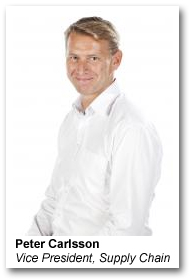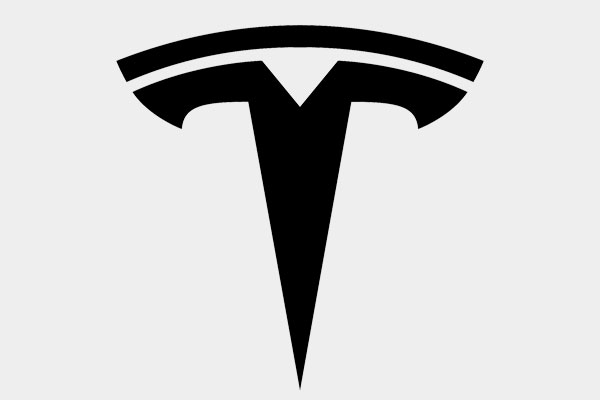In all areas, Tesla Motors is having their best year yet, despite only being around for the last decade.
- In early January, its Model S sedan was named Motor Trend Car of the Year, the first electric vehicle to earn the prestigious award in the magazine’s 64-year history.
- During the first quarter of 2013, the Palo Alto, Calif.-based car company outsold every other electric vehicle (EV) on the market, as well as Mercedes S class and BMW 7 models, notching its first quarterly profit in history on revenues of $561.8 million.
- It’s on an aggressive track to produce a record number of cars in 2013.
- In late May, Tesla shares surged past the $100 mark for the first time.
- And days before, the company paid off its Department of Energy loan with a nearly half billion-dollar check – nine years early. (The loan was part of a DOE program to stimulate development of vehicles powered by alternative energy.)
A recent article by My Purchasing Center credits much of this success to the company’s Supply Chain Vice President Peter Carlsson. The surprisingly young VP came to Tesla from NXP Semiconducters, where he “transformed a purchase organization from a tactical decentralized entity to a strategic global commodity organization.”

Entering a relatively new market has forced Tesla to build their own supply chain. Carlsson tries to innovate to lead the creation, engineering and production of his company’s products in his procurement and supply chain management role at Tesla.
There are, of course, some ways which the Tesla procurement department does not differ from any other procurement department. But, as the article mentioned above notes, “like its speed demon sister SpaceX, the company is on a fast track to not only innovate, but compete on the world stage.”
“Procurement is always procurement,” notes Carlsson. “But we are constantly mindful of how we, being the smallest auto manufacturer in the world, can still be competitive in a large-scale industry.
We’re also trying to look at the traditional tiered structure of this industry and we’re looking at where it makes sense to us and where would we like to have a different setupPeter Carlsson, Supply Chain Vice President at Tesla
That goes from looking at commodities in different ways. We go for what works, as well as ways we can benefit from the same economies of scale as other car makers.”
He also adds that their partnerships with Daimler and Toyota help the electric car manufacturer to benefit in terms of basic car part purchases.
The company does have many other unique procurement needs. As some of their products are completely designed from the bottom up by the company, such as their infotainment system, they have to also design these procurement processes themselves.
“We’re also trying to look at the traditional tiered structure of this industry and we’re looking at where it makes sense to us and where would we like to have a different setup,” he says.
“With our electronics and infotainment system, we could have taken the traditional car maker approach and designed it around a core system from a supplier such as Johnson Controls or Bosch. We decided to design and build our own system because we have both the hardware and software engineering capability.”
Original article from POOL4TOOL America Blog

For more on this topic you can view the original article in My Purchasing Center

Article topics
Email Sign Up

















